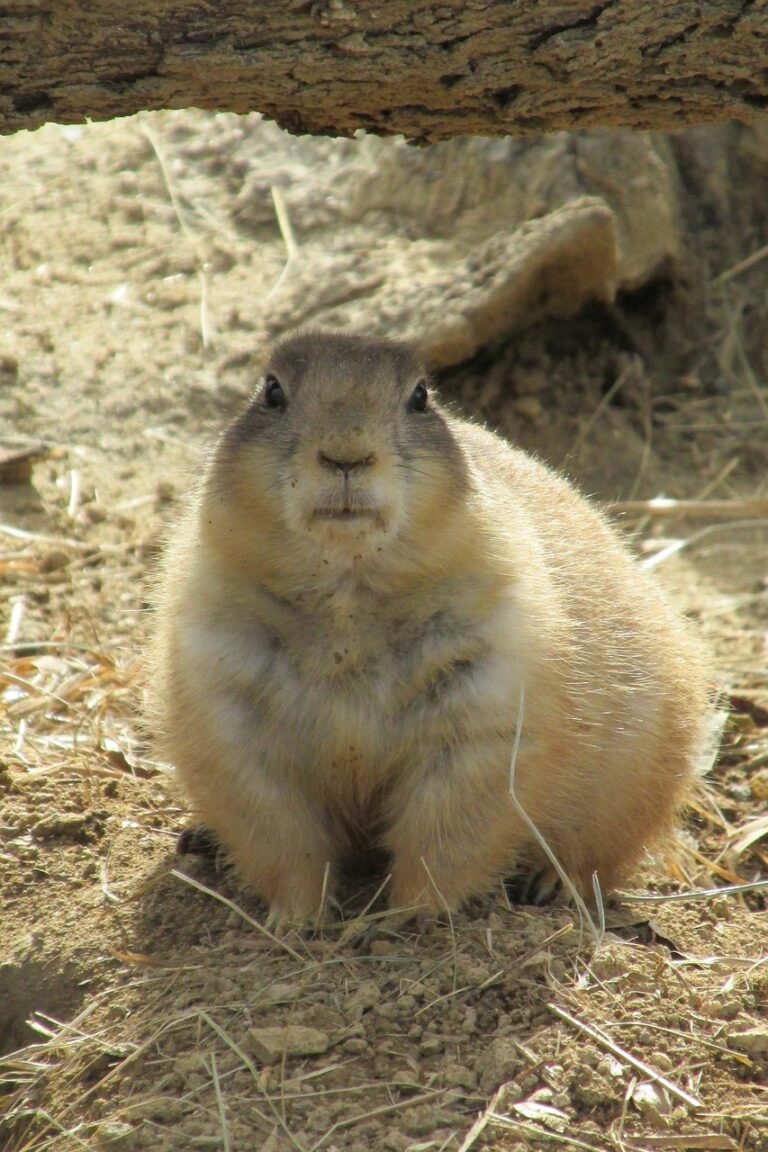I. Introduction
Hermit crabs, with their quirky charm and distinctive behaviors, make fascinating pets. However, they also require specific care and attention to thrive. Understanding these needs is key to ensuring a happy and healthy life for your pet hermit crab.
II. Understanding Your Hermit Crab
Hermit crabs belong to the ‘Paguroidea’ superfamily and are known for their unique habit of living in discarded shells. They are largely nocturnal and can live up to 30 years in captivity with proper care. Hermit crabs are also continually growing, which prompts them to change shells as they outgrow their current ones.
III. Creating a Suitable Environment
The home you create for your hermit crab can significantly affect their health and happiness.
The Ideal Tank
A glass aquarium of at least 10 gallons is ideal for a hermit crab. The tank should have a lid to maintain humidity, which is vital for the crab’s respiratory health.
Accessories and Decorations
Hermit crabs are explorative and enjoy climbing. Including non-toxic plants, climbing branches, and hiding places can enhance their habitat. Also, provide several larger shells for when your crab outgrows its current home.
Keep the tank at a temperature of 22-27°C (72-80°F) and maintain humidity levels at 70-80%.
IV. Feeding Your Hermit Crab
Hermit crabs are omnivorous scavengers that enjoy a varied diet. Feed them a mix of fruits, vegetables, and protein sources like cooked chicken or fish. Occasional treats of honey or peanut butter can also be offered. It’s best to feed your crab in the evening as they are more active during this time.
V. Ensuring Proper Hydration
Hermit crabs need two types of water: freshwater for drinking and saltwater for bathing. Use dishes shallow enough for your crab to climb in and out easily. The water should be dechlorinated, and the saltwater should be made with marine-grade salt. Change and refill these dishes daily.
VI. Shell Maintenance and Moulting
Hermit crabs change shells as they grow, so keep a variety of larger shells in the tank. This gives them options when they’re ready for a new home.
Moulting is a crucial growth process where the crab sheds its exoskeleton. During this time, your crab may bury itself and stay inactive. Don’t disturb a moulting crab and ensure the environment is warm and humid enough to support the process.
VII. Interaction and Handling
Hermit crabs can be handled but should be done so gently and infrequently as they stress easily. They are social creatures, so having more than one hermit crab can provide them with the companionship they need.
VIII. Health and Common Diseases
A healthy hermit crab is active, especially at night, and shows interest in food. If your crab is sluggish, discolored, or has lost limbs, it may be unwell. Common issues include shell disease, mites, and bacterial infections. If you suspect your crab is sick, consult with a vet experienced in treating exotic pets.
IX. Conclusion
Caring for a hermit crab is a rewarding experience that gives you insight into the life of these unique creatures. With the right knowledge, you can create a nurturing environment for your hermit crab to live a long, healthy life.
FAQ
1. How long do pet hermit crabs live? With proper care, hermit crabs can live up to 30 years in captivity.
2. How often should I feed my hermit crab? Hermit crabs should be fed daily. Remove any uneaten food the following day to prevent it from spoiling.
3. What should I do if my hermit crab is moulting? Don’t disturb a moulting hermit crab. Maintain warm and humid conditions in the tank to support the process.
4. Can hermit crabs live alone? Hermit crabs are social creatures and thrive in the company of others. It’s recommended to have more than one hermit crab if possible.
5. What should I do if my hermit crab is sick? If your hermit crab is showing signs of illness, consult with a vet experienced in treating exotic pets.


